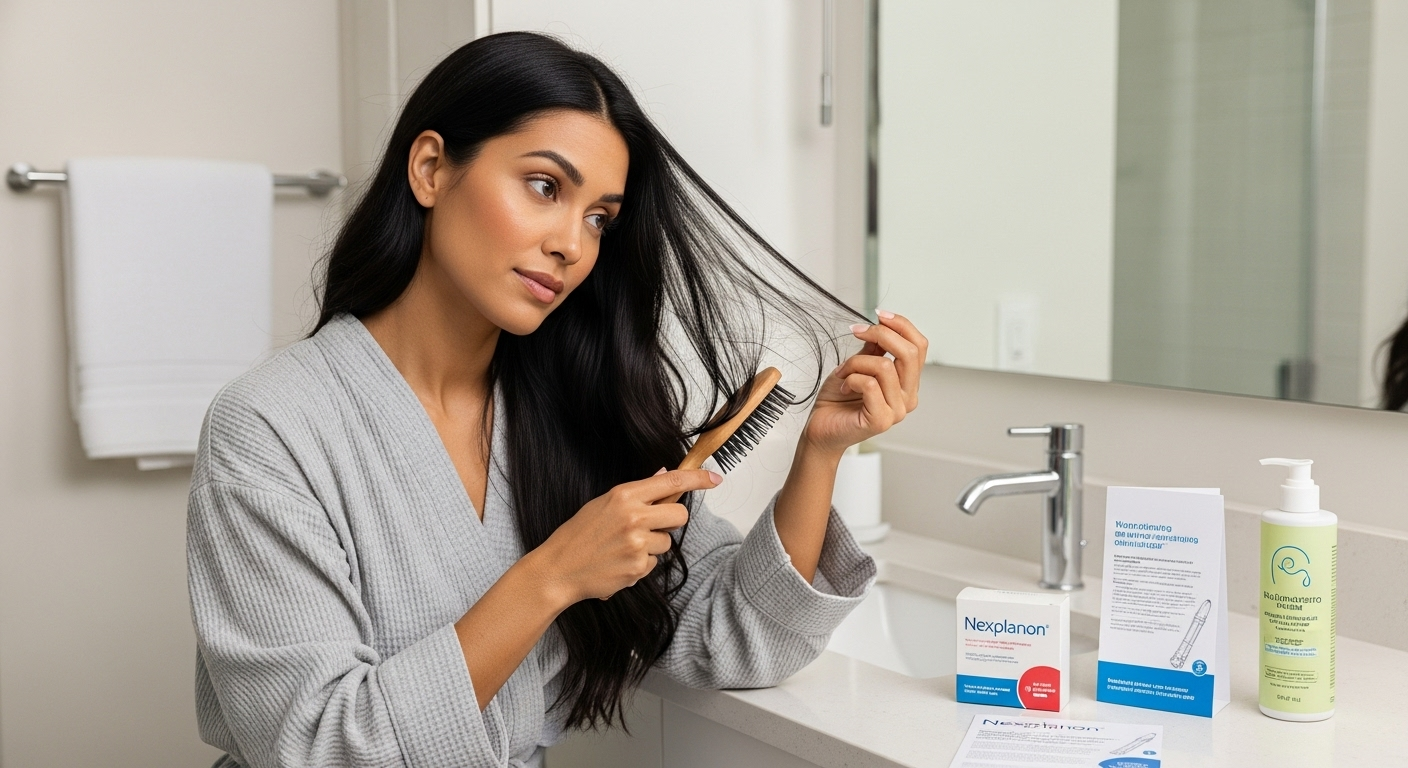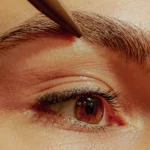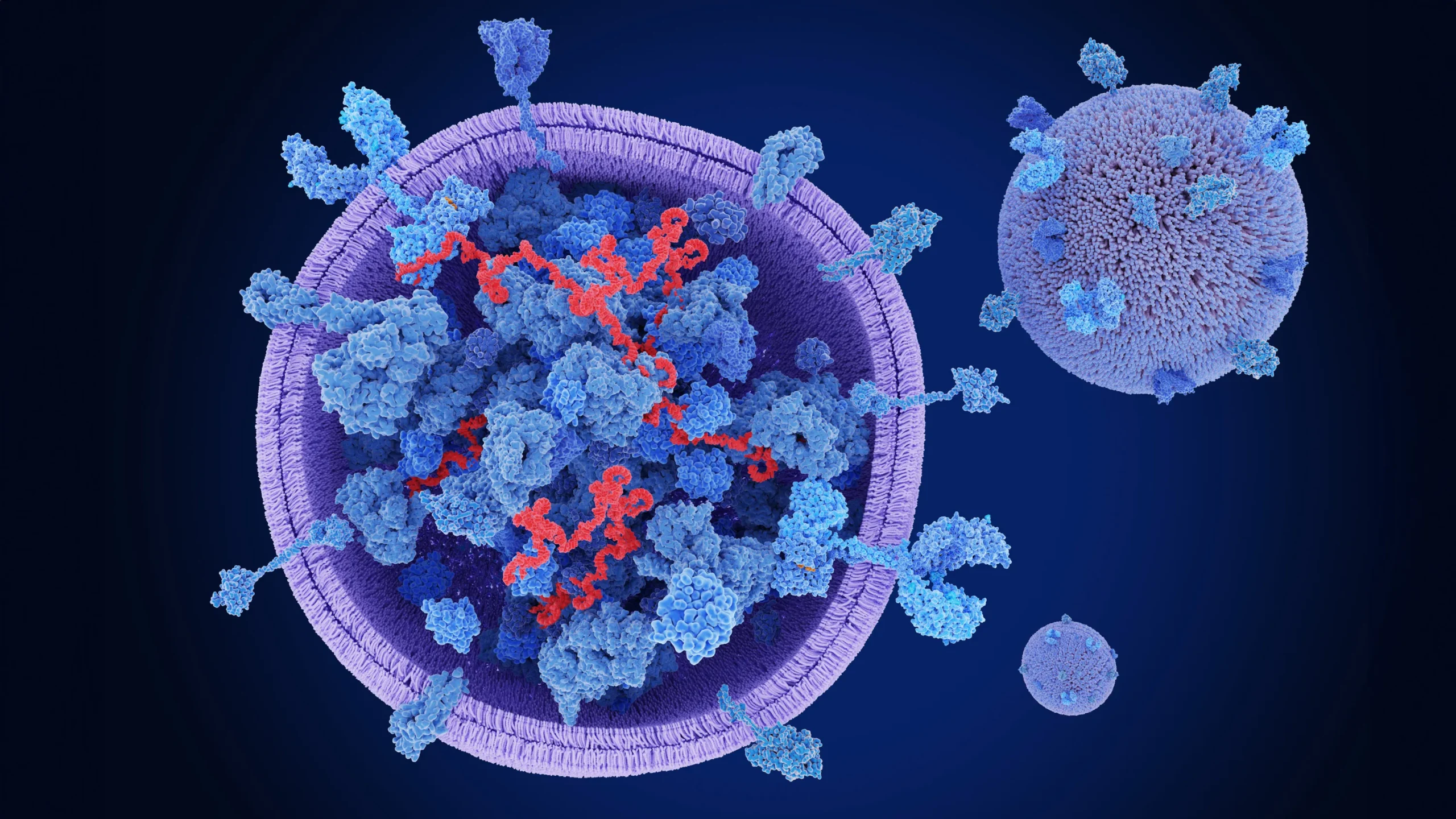Are you experiencing unexpected hair thinning after getting Nexplanon? Hair loss Nexplanon is a concern raised by some users, despite not being listed as a common side effect. This comprehensive guide explains why hair shedding may happen, how to manage it, and what to expect after removal. You’ll find expert insights, actionable tips, and medically …
Are you experiencing unexpected hair thinning after getting Nexplanon? Hair loss Nexplanon is a concern raised by some users, despite not being listed as a common side effect. This comprehensive guide explains why hair shedding may happen, how to manage it, and what to expect after removal.
You’ll find expert insights, actionable tips, and medically accurate information to help you make informed decisions about your hair and hormonal health.
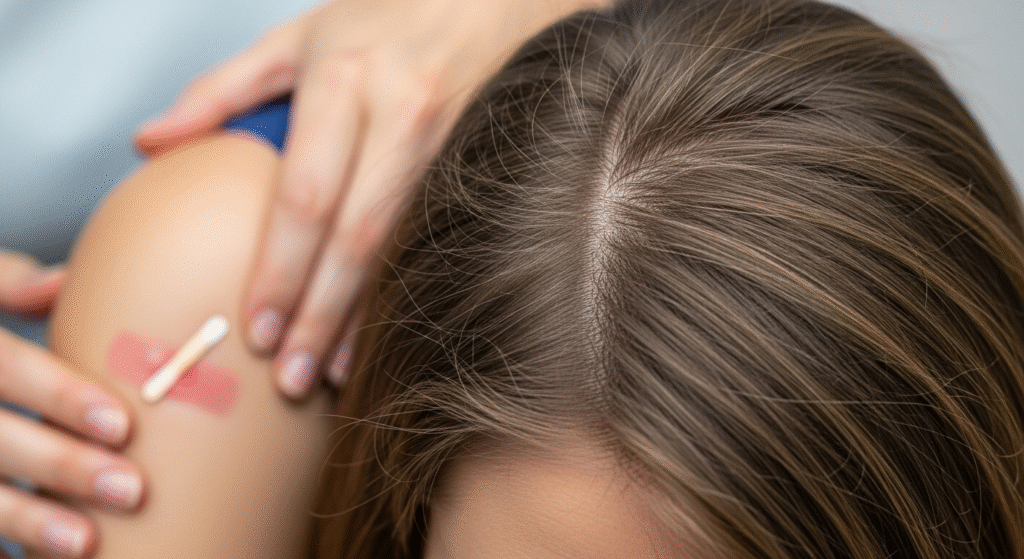
What Is Nexplanon and How It Affects Hormones?
Nexplanon is a small, flexible birth control implant inserted under the skin of the upper arm. It releases etonogestrel, a synthetic progestin, to prevent pregnancy for up to three years.
While it’s highly effective as contraception, Nexplanon—like other hormonal birth control methods—can cause hormonal fluctuations. These fluctuations may impact hair growth cycles, particularly for those with pre-existing sensitivity to androgens or a genetic predisposition to hair thinning.
Does Nexplanon Cause Hair Loss?
Hair loss is not listed as a primary side effect in Nexplanon’s clinical trial documentation. However, real-world user reports suggest it does occur in a minority of users—typically less than 10%.
Clinical Data vs. Real-World Experience
- Clinical trials: No significant hair loss incidence reported
- User reviews (Reddit, WebMD, Drugs.com): Many women report shedding within 3–6 months of implant insertion
- Patterns: Most users describe diffuse thinning or increased hair in brushes and drains, often aligned with telogen effluvium, a temporary shedding phase
Why Does Hair Loss Sometimes Occur with Nexplanon?

Hair loss while using Nexplanon is often linked to hormonal sensitivity or underlying triggers amplified by hormonal change.
Hormonal Sensitivity
Etonogestrel may increase androgenic activity in some women, which can lead to androgenetic hair thinning or trigger telogen effluvium. This is especially true for women with a family history of hair loss or PCOS.
Contributing Factors
- Genetics: If you’re predisposed to hair loss, hormonal birth control may speed up the process.
- Nutritional deficiencies: Low iron, vitamin D, or protein can worsen hair shedding.
- Stress: The physical and emotional stress of hormonal shifts may contribute to excess hair in the shedding phase.
Managing Hair Loss Nexplanon
If you’re noticing increased shedding, there are several ways to manage it without immediately removing the implant.
Gentle Hair Care Tips
- Use sulfate-free, volumizing shampoos
- Avoid tight hairstyles like ponytails and buns
- Limit heat styling and chemical treatments
Nutrition & Supplements
Support your body with:
- Iron and Vitamin D
- Biotin and Zinc
- Protein-rich foods (e.g., eggs, beans, fish)
Lifestyle Adjustments
- Get adequate sleep
- Manage stress with yoga, meditation, or regular exercise
- Avoid crash diets, which can accelerate shedding
When to See a Specialist
If hair loss persists beyond 6 months or becomes severe:
- Consult a trichologist or dermatologist
- Ask for bloodwork to check nutrient levels and hormones
- Consider scalp biopsies or pull tests to rule out other conditions
What Happens After Removing Nexplanon?
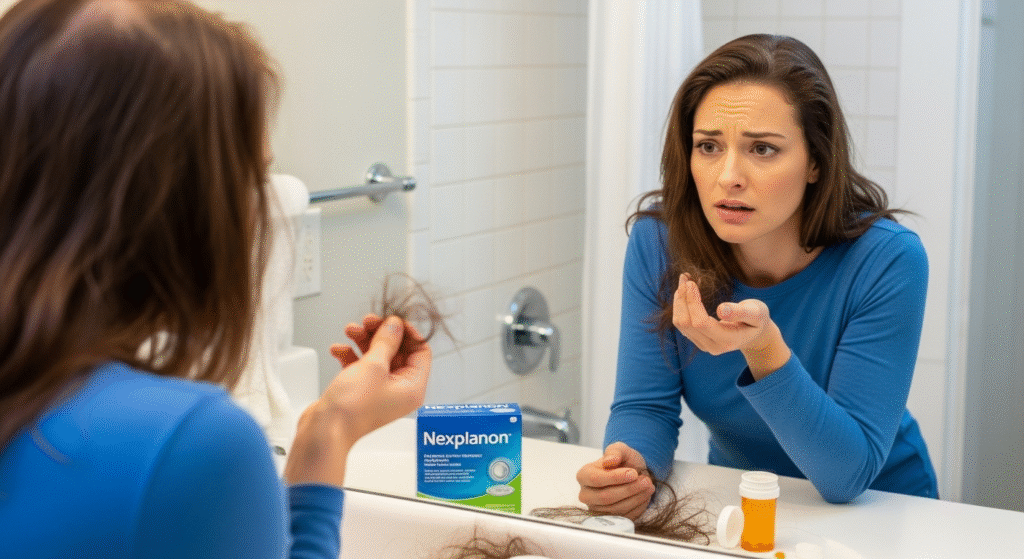
If you remove Nexplanon due to hair loss, your hormone levels will begin to normalize—but recovery isn’t always instant.
What to Expect
- Initial shedding may continue for 4–8 weeks as hormones recalibrate
- Hair regrowth usually starts within 2–4 months
- Some women report near-complete regrowth by 6–12 months
- A small subset sees incomplete recovery if other factors (like genetics) are involved
Alternatives or Next Steps if Hair Loss Persists
If hair loss continues or worsens, you might consider switching to a different contraceptive or exploring treatment options.
Non-Hormonal Contraceptives
- Copper IUD (Paragard) – No hormones
- Barrier methods – Condoms, diaphragms
- Fertility tracking – For those with stable cycles
Hair Regrowth Treatments
- Minoxidil (Rogaine) – FDA-approved topical for women
- PRP therapy – Platelet-rich plasma injections
- Low-level laser therapy – Stimulates blood flow and follicle recovery
Cosmetic Support
- Hair fibers or powders
- Scalp micropigmentation
- Hair-toppers or extensions during regrowth phase
Decision-Making and Support Options
Deciding whether to keep or remove Nexplanon depends on the severity of your hair loss and how it affects your quality of life.
Questions to Ask Your Practitioner
Can I try a treatment plan before opting for removal?
Could another medication or deficiency be contributing to my hair loss?
Are there alternative birth control options for me?
FAQ
Can Nexplanon cause permanent hair loss?
No. Most cases are temporary and resolve after hormone levels stabilize post-removal.
How long does hair shedding last after removal?
Usually 2–4 months, with regrowth in 6–12 months.
What percent of Nexplanon users experience hair loss?
User reports suggest <10%, though official trials don’t highlight it as common.
Ready To Take Your Next Step
If you’re facing unexpected hair shedding with Nexplanon, you’re not alone—and you have options. Book a consultation with Dr. Uzma Irfan, an ISHRS-certified surgeon, today to assess your symptoms, explore treatment, and decide what’s best for your body and hair.

